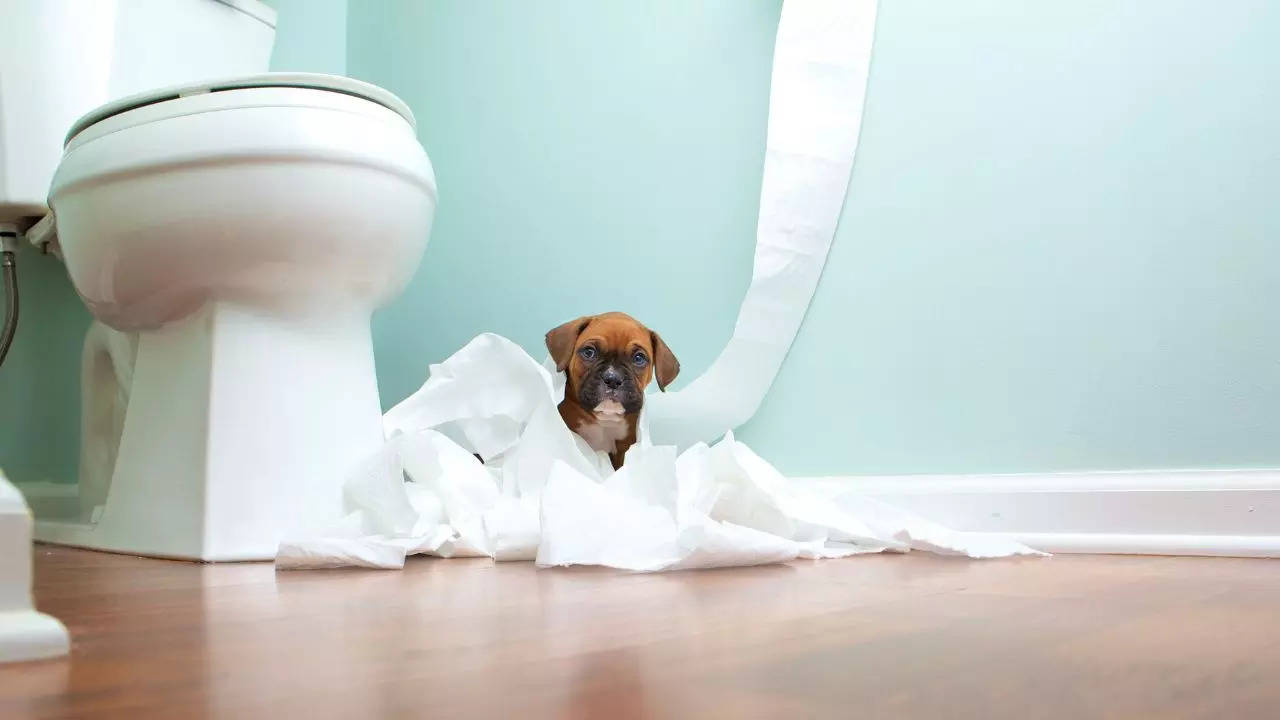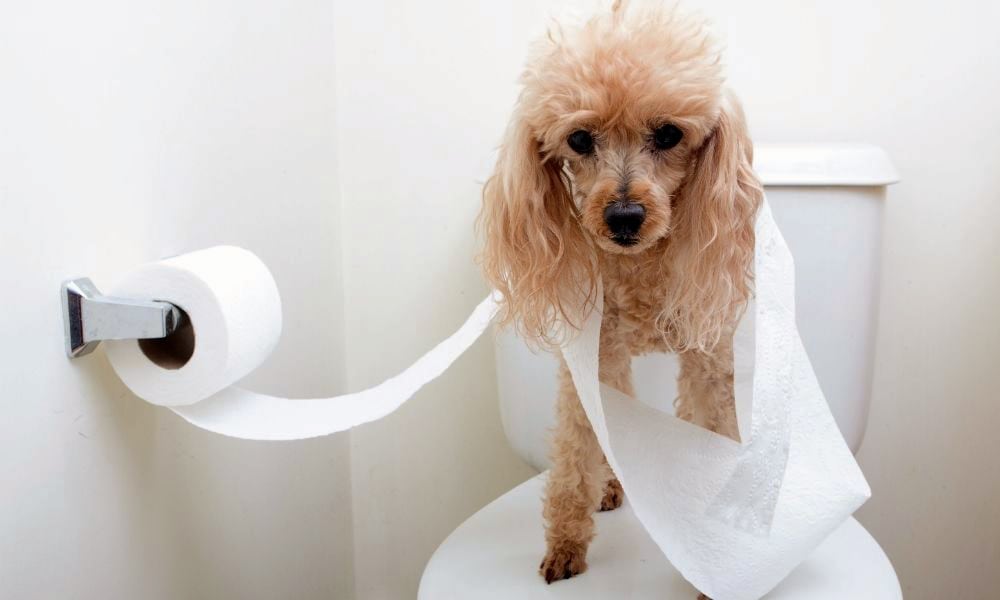Our Perils of Animal Waste in the Toilet
Our Perils of Animal Waste in the Toilet
Blog Article
The writer is making a number of great pointers relating to Should you flush animal waste down the toilet overall in this great article beneath.

When it involves getting rid of waste, specifically animal waste, many individuals usually resort to the hassle-free alternative of flushing it down the toilet. However, this apparently simple option can have severe effects for the atmosphere and public health. In this article, we'll discover why flushing animal waste down the commode is a bad idea and offer different approaches for correct disposal.
Intro
Proper waste disposal is essential for preserving environmental sustainability and public health. While it might appear harmless to flush animal waste down the toilet, it can bring about different concerns, both for the environment and human wellness.
Risks of flushing pet waste
Environmental effect
Purging animal waste presents hazardous bacteria and microorganisms into rivers, which can adversely impact marine environments. These microorganisms can contaminate water resources and damage aquatic life, interfering with delicate environments.
Public health issues
Pet waste includes dangerous germs such as E. coli and Salmonella, which can posture severe wellness threats to human beings. Purging animal waste down the bathroom can contaminate water supplies, bring about the spread of diseases and infections.
Alternatives to flushing
Instead of purging animal waste down the toilet, there are several alternate disposal techniques that are extra eco-friendly and hygienic.
Composting
Composting animal waste is an environment-friendly method to dispose of it. By composting, organic matter is broken down into nutrient-rich dirt, which can be used to feed gardens and plants.
Landfill disposal
Getting rid of animal waste in a garbage dump is another choice. While not as eco-friendly as composting, it is a more secure alternative to flushing, as it protects against the contamination of water resources.
Pet garbage disposal systems
There are specialized pet garbage disposal systems offered that securely and hygienically dispose of pet waste. These systems often use enzymes to break down waste and eliminate odors.
Steps to correct pet waste disposal
To make sure correct disposal of animal waste, adhere to these actions:
Scooping and landing waste
Regularly scoop and bag pet waste utilizing eco-friendly bags. This prevents waste from infecting the environment.
Utilizing assigned waste containers
Dispose of bagged pet waste in assigned waste bins, such as garden compost containers or landfill containers. Stay clear of flushing it down the commode in all costs.
Cleansing can and animal locations regularly
Consistently clean litter boxes and family pet areas to prevent the build-up of waste and microorganisms. Usage pet-safe cleansing items to keep hygiene.
Advantages of correct disposal techniques
Adopting correct disposal methods for pet waste offers a number of benefits:
Reduced environmental pollution
Correct disposal techniques decrease the risk of environmental pollution, protecting rivers and ecological communities from contamination
Decreased threat of water contamination.
By staying clear of flushing pet waste down the toilet, the risk of water contamination is considerably minimized, securing public health.
Improved hygiene and health
Correct disposal methods promote better cleanliness and health, developing a more secure environment for both human beings and pets.
Verdict
Finally, flushing animal waste down the commode is hazardous to the environment and public health. By adopting alternate here disposal approaches and following appropriate waste administration methods, we can decrease the unfavorable impact of animal waste and add to a cleaner, much healthier planet.
What To Do With Dog Poo – The Do's And Don'ts Of Disposing Of Faeces
Dog poo bins
Some councils provide dedicated dog waste bins in popular dog-walking areas that can take dog poo that has been bagged but you can legally dispose of dog waste in any public litter bin, as long as it is securely bagged. This also applies to your wheelie bin at home.
Do not flush
Water companies do not recommend flushing dog faeces down the toilet because certain parasites can survive the water processing treatment and are potentially harmful to humans. You should also never consider flushing dog poo that has been bagged down the toilet as the bags will not break down and instead create severe blockages in the sewage system.
In the woods
The Forestry Commission promotes a ‘stick and flick’ method for dealing with waste in the woods. This means finding a stick and using it to flick any poo from off the path so that it is out of the way of other walkers. You could also bury it as long as it is not in an area where there might be livestock.
Livestock
Parasites found in dog poo can be transmitted to livestock if they inadvertently eat infected faeces that has been left on grazing land. This could result in the death of sheep or abortion in cattle so you should always make sure you pick up your dog’s waste in fields where livestock could be present.

Consistently clean litter boxes and family pet areas to prevent the build-up of waste and microorganisms. Usage pet-safe cleansing items to keep hygiene.
Advantages of correct disposal techniques
Adopting correct disposal methods for pet waste offers a number of benefits:
Reduced environmental pollution
Correct disposal techniques decrease the risk of environmental pollution, protecting rivers and ecological communities from contamination
Decreased threat of water contamination.
By staying clear of flushing pet waste down the toilet, the risk of water contamination is considerably minimized, securing public health.
Improved hygiene and health
Correct disposal methods promote better cleanliness and health, developing a more secure environment for both human beings and pets.
Verdict
Finally, flushing animal waste down the commode is hazardous to the environment and public health. By adopting alternate here disposal approaches and following appropriate waste administration methods, we can decrease the unfavorable impact of animal waste and add to a cleaner, much healthier planet.
What To Do With Dog Poo – The Do's And Don'ts Of Disposing Of Faeces
Dog poo bins
Some councils provide dedicated dog waste bins in popular dog-walking areas that can take dog poo that has been bagged but you can legally dispose of dog waste in any public litter bin, as long as it is securely bagged. This also applies to your wheelie bin at home.
Do not flush
Water companies do not recommend flushing dog faeces down the toilet because certain parasites can survive the water processing treatment and are potentially harmful to humans. You should also never consider flushing dog poo that has been bagged down the toilet as the bags will not break down and instead create severe blockages in the sewage system.
In the woods
The Forestry Commission promotes a ‘stick and flick’ method for dealing with waste in the woods. This means finding a stick and using it to flick any poo from off the path so that it is out of the way of other walkers. You could also bury it as long as it is not in an area where there might be livestock.
Livestock
Parasites found in dog poo can be transmitted to livestock if they inadvertently eat infected faeces that has been left on grazing land. This could result in the death of sheep or abortion in cattle so you should always make sure you pick up your dog’s waste in fields where livestock could be present.

I am just very involved in Can You Flush Dog and Cat Poo Down the Toilet? and I'm hoping you enjoyed reading the post. Feel free to set aside a second to distribute this page if you enjoyed reading it. Thank you for your time spent reading it.
Or Book Technician Here Report this page